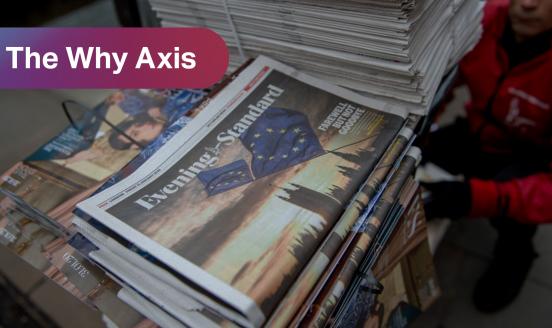TLTRO spoils Christmas holidays at the ECB
It’s beginning to look a lot like Christmas, but it does not look like Santa Claus has any intention to stop by Frankfurt. Today, the ECB revealed the
It’s beginning to look a lot like Christmas, but it does not look like Santa Claus has any intention to stop by Frankfurt. Yesterday, the ECB revealed the outcome of the second Targeted Longer Term Refinancing Operation (TLTRO) auction, which definitely were not good enough to ease pressure on the Central Bank to act.
As previously discussed, the TLTRO potential initial amount for the first two operations was in the order of 400 billion, i.e. 7% of the outstanding banks’ loans to non-financial private sector borrowers, excluding mortgages as of 30th April 2014. Take-up of the first TLTRO in September was low, at 82.6 billion, leaving a potential available 317 billion for banks to borrow in the second round.
The final figure came in at bit less than 130 billion, bringing the total take up to 212 billion, i.e. slightly more than half the potential total amount, and the number of participating banks increased but only slightly (from 255 to 306). To put things in perspective, the total allocated between the two operations is less than the 270 billion of previously-borrowed LTRO funds that banks have reimbursed before maturity since the beginning of this year alone (not to mention the 720 billion reimbursed since the possibility of early reimbursements was introduced, in 2013).
Moreover, repayments of previously borrowed LTRO funds had increased considerably after the first September auction, signalling that banks had basically used the TLTRO to swap part of the LTRO into new 3y liquidity (something that could easily happen this time as well).
Excess liquidity in the euro area is shrinking to record low levels
As a result, excess liquidity in the euro area is shrinking to record low levels (figure 2), and the effect of the weapon on which the ECB had pledged a non-negligible portion of its reputational capital look tiny (at best). True, this is not the final act of the TLTRO saga. Between March 2015 and June 2016, in fact, banks will be able to borrow additional amounts in a series of TLTROs conducted quarterly and depending on banks’ net lending, with the reference point being 30th April 2014. But there are uncertainties about banks’ appetite for leveraging these funds as well as more generally about the effect of this measure on actual lending to the real economy.
Note: excess liquidity is computed following the ECB definition as deposit facility net of the use of marginal lending facility plus current account in excess of the minimum reserve requirement
|
The ECB said at the last meeting that it "intended" to bring its balance sheet back to the levels it held in early 2012, which would imply a 1 trillion increase. Yesterday's results are not bringing the ECB any closer to that and if anything, they show that banks instead do not "intend" to help much, at least not by taking up much additional liquidity. As a consequence, ECB’s balance sheet has in fact not grown since the first round the TLTRO, despite ongoing purchases of covered bonds and (disappointing) purchases of ABS.
In the meantime, risks to price stability are increasing further. The price of oil slided to 65$ per barrel (which is even below the “shock” assumption in the ECB’s sensitivity analysis of inflation forecasts for 2015). CPI inflation for Germany was confirmed at +0.6% for November 2014 - with a lower rate of price increase than the one recorded in November 2014 dating back to 2010. And in France, HICP inflation was -0.2% compared to November and +0.4% only year on year. But most importantly, French core inflation turned into the negative territory for the first time since the indicator has been measured (i.e. since 1990). And if this does not convey the urgency of the situation, it’s hard to imagine what could. |
Read more:



